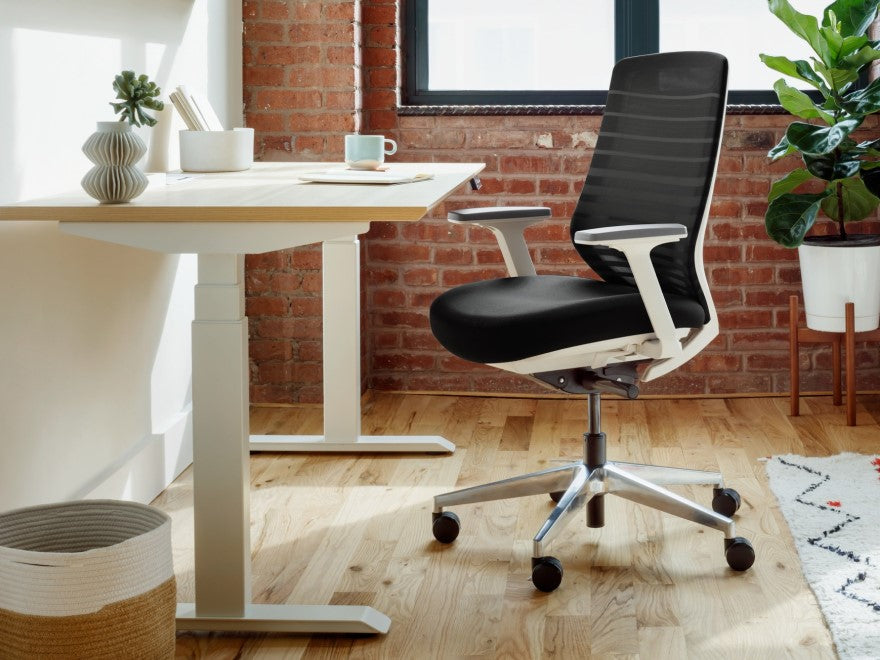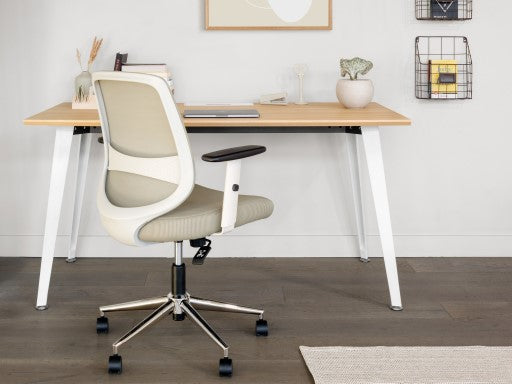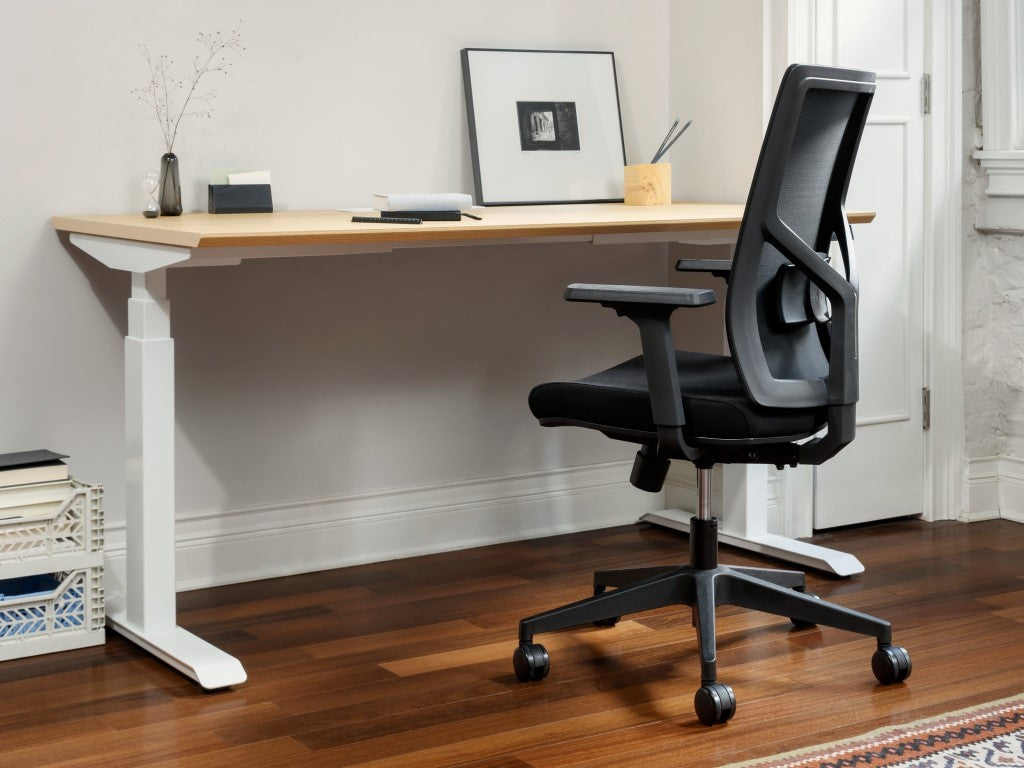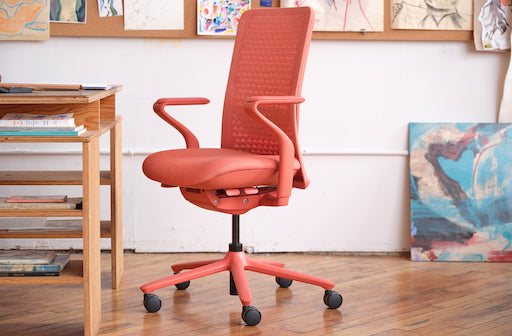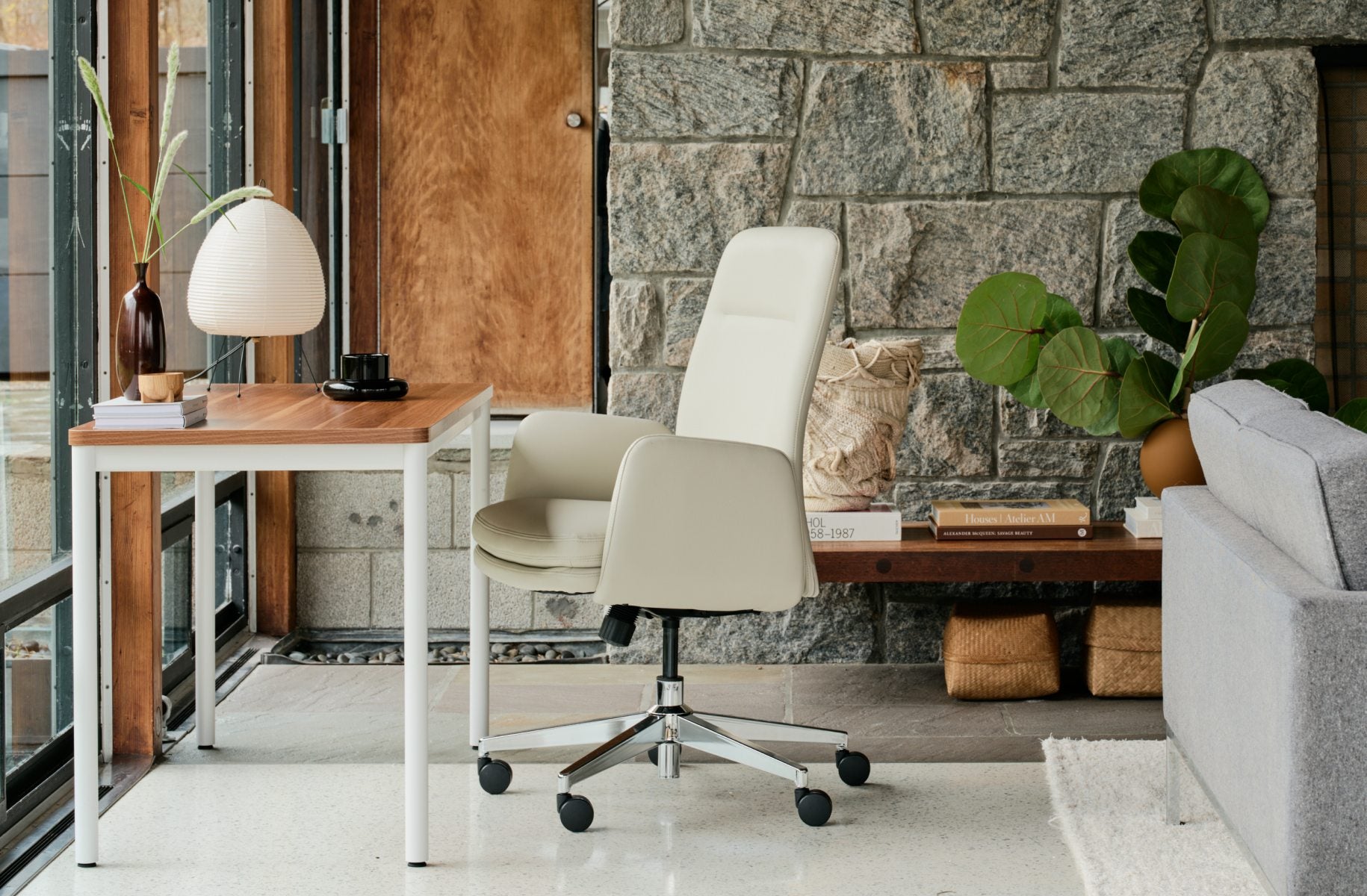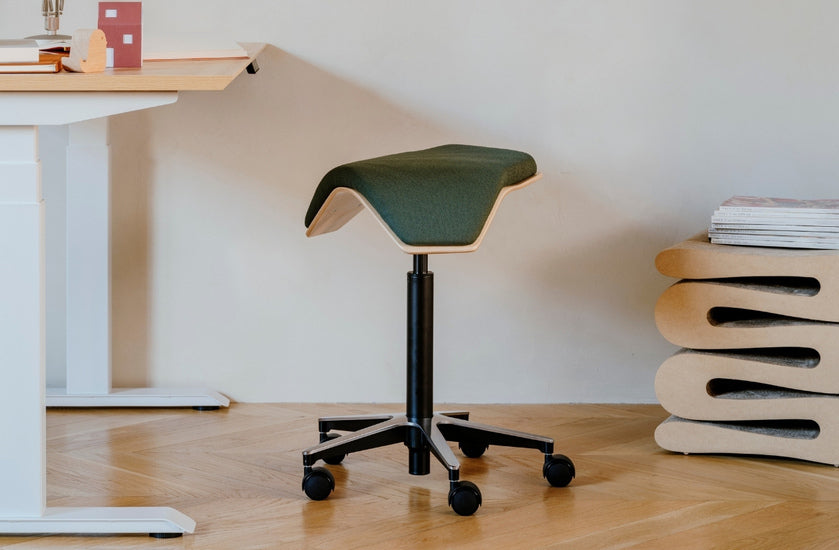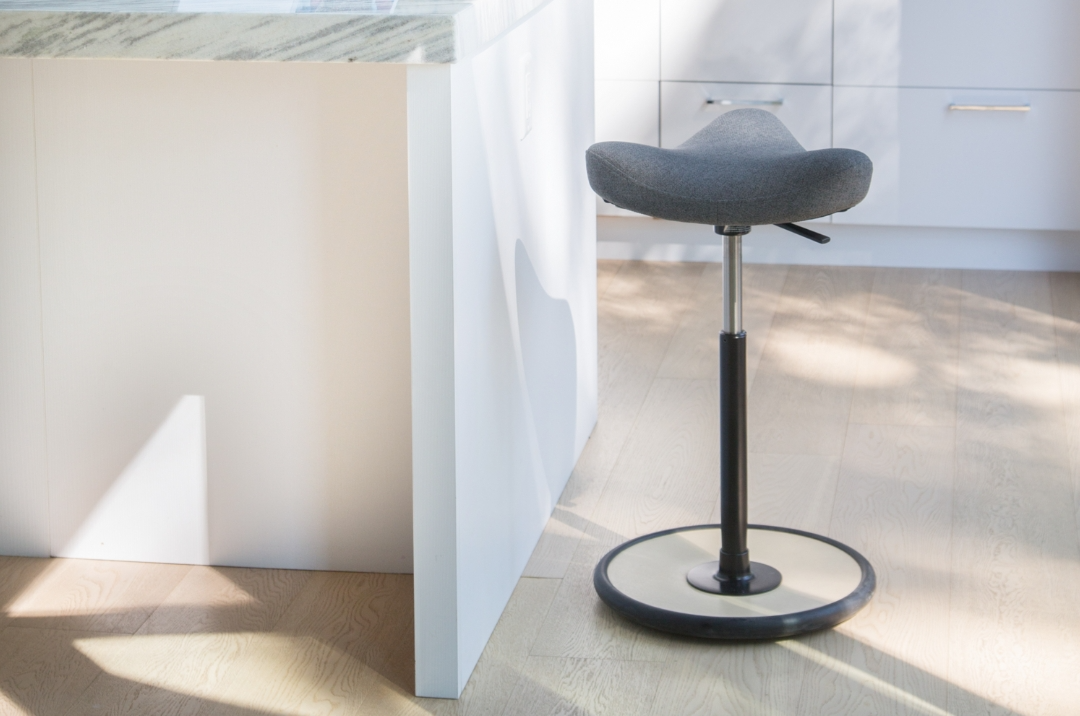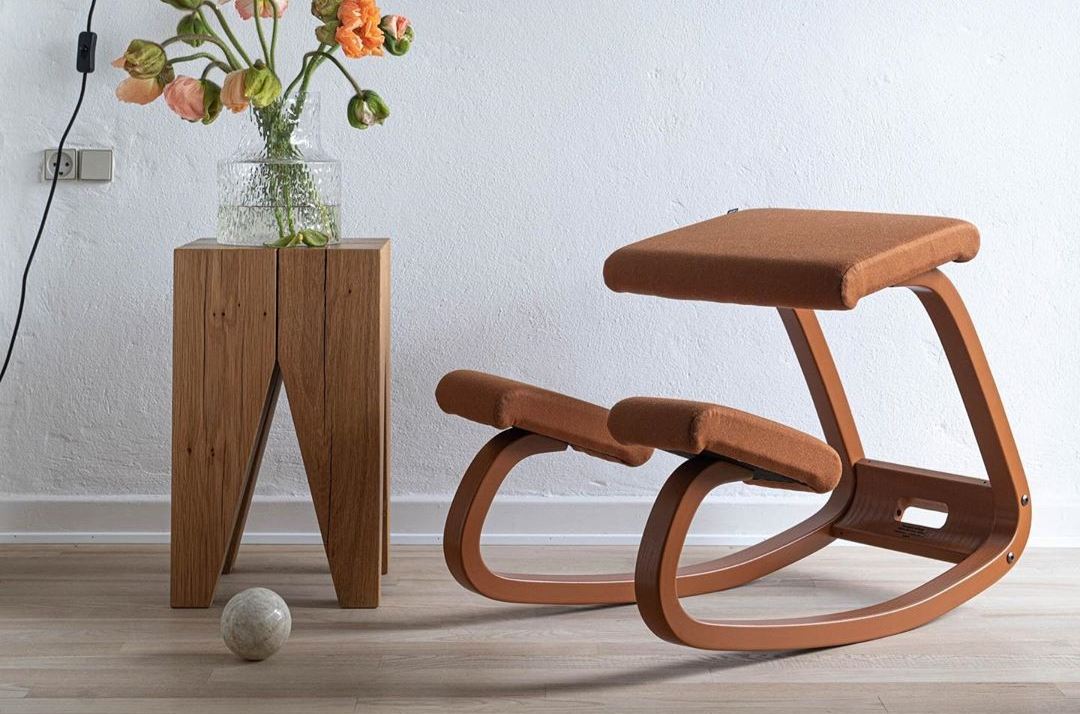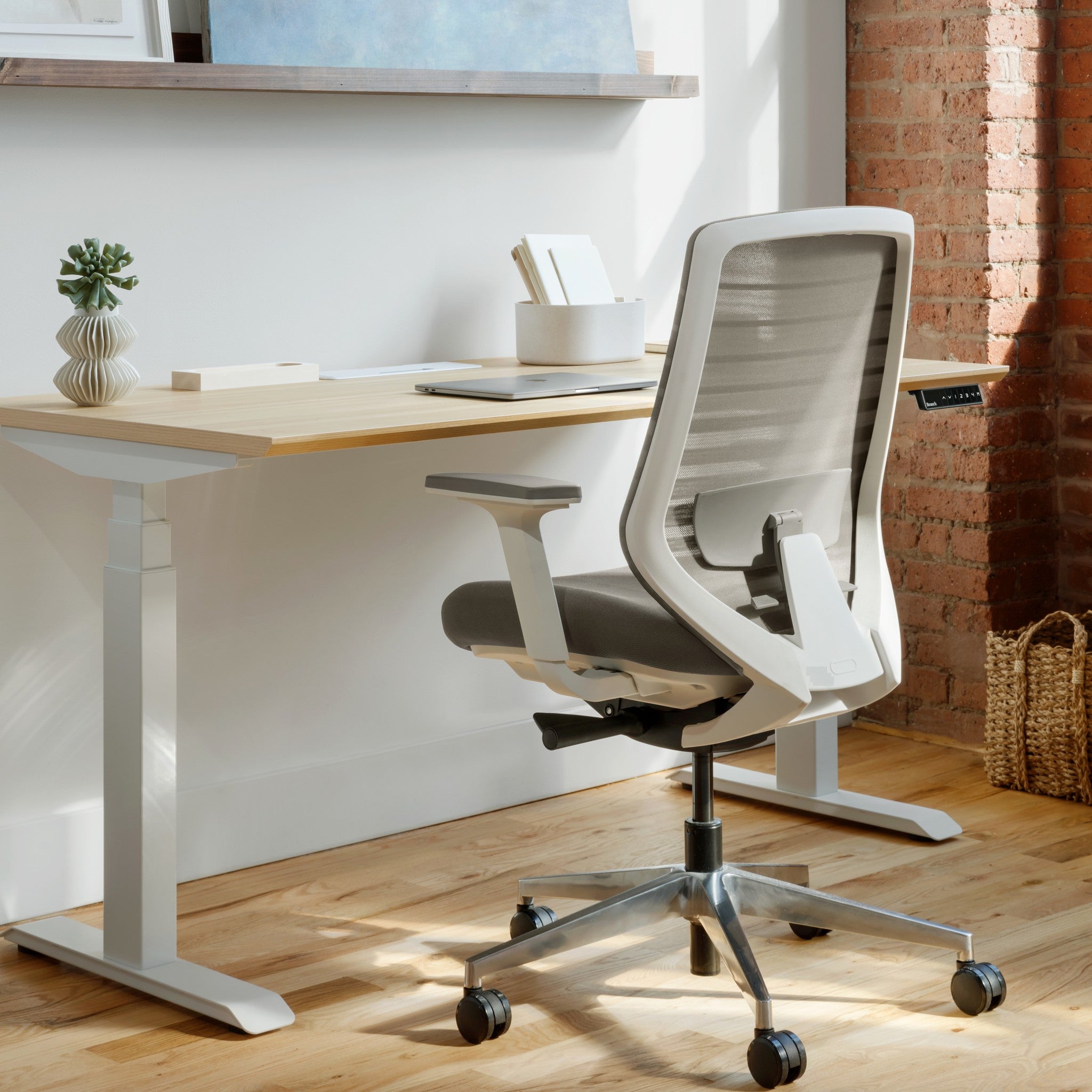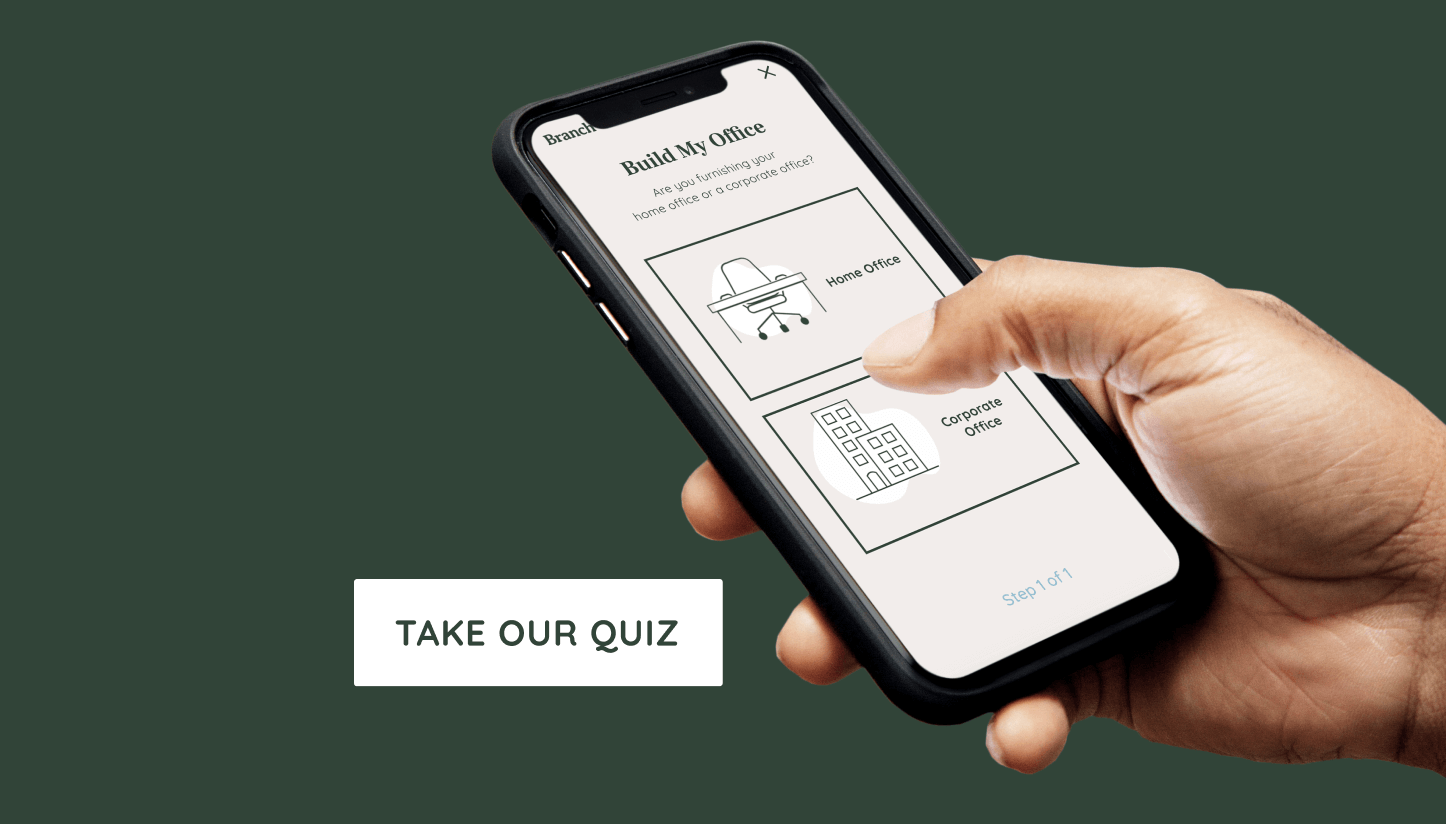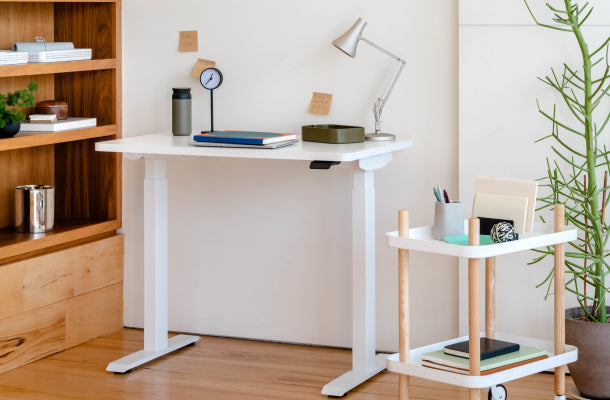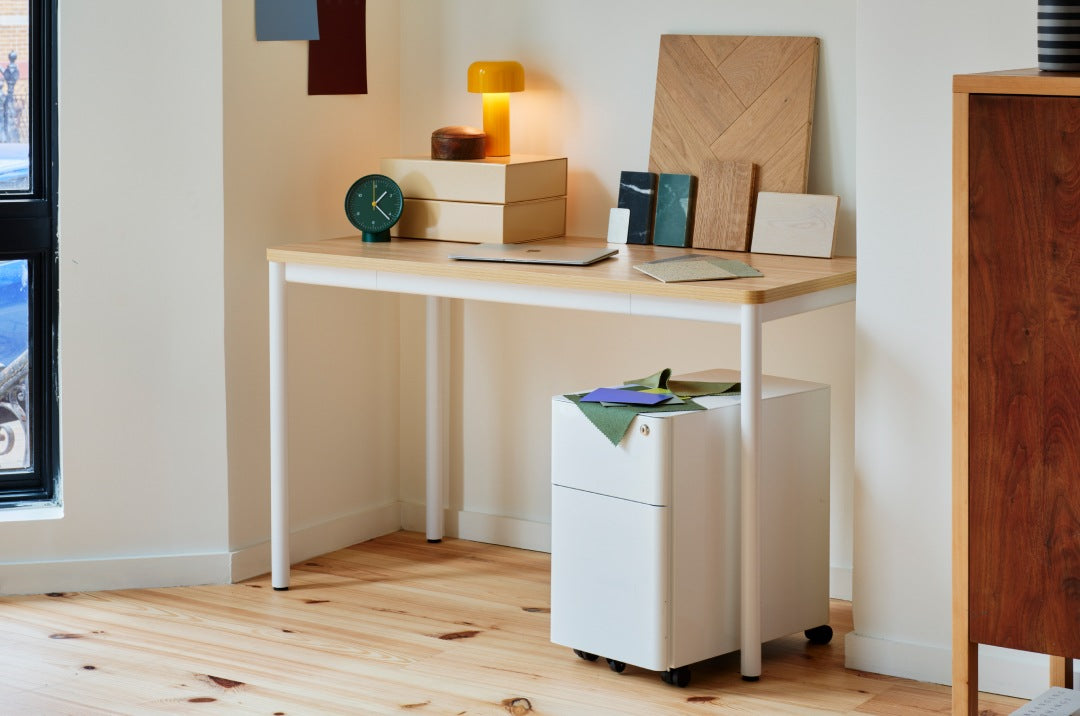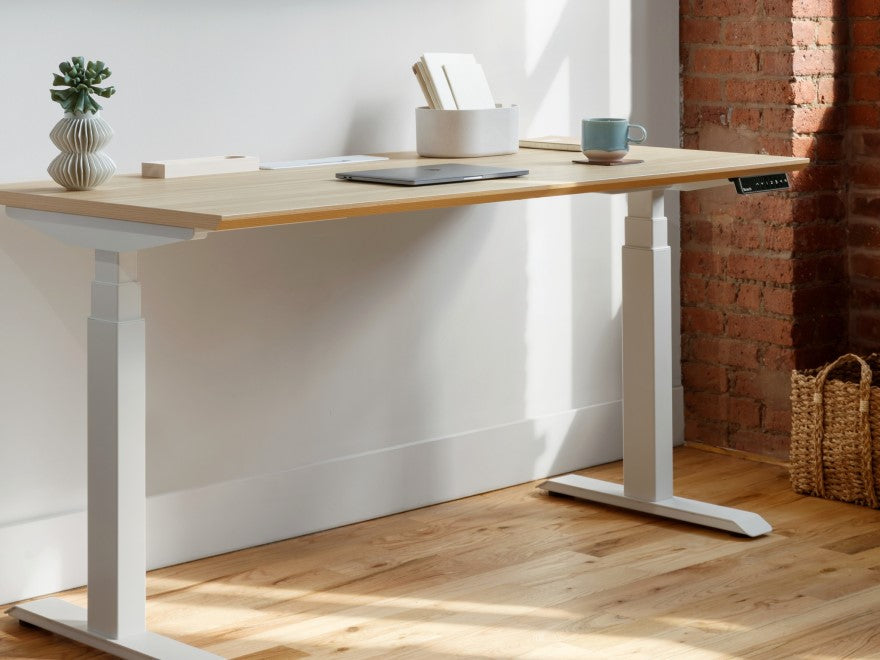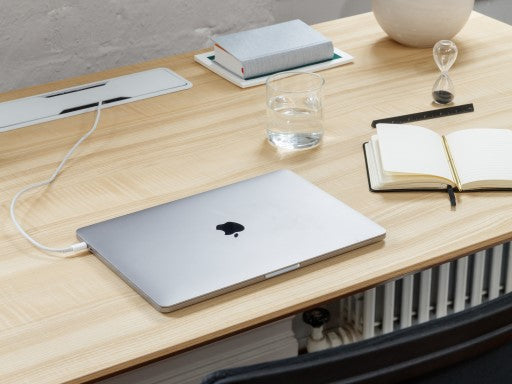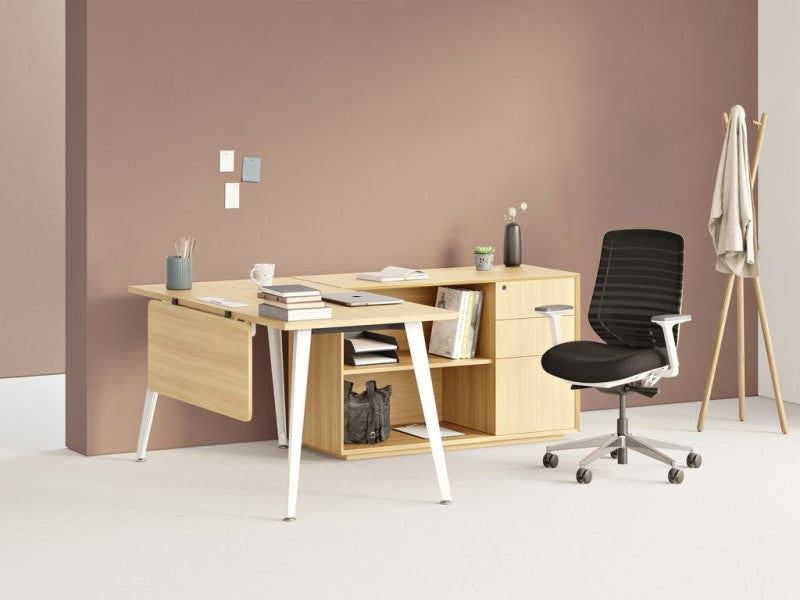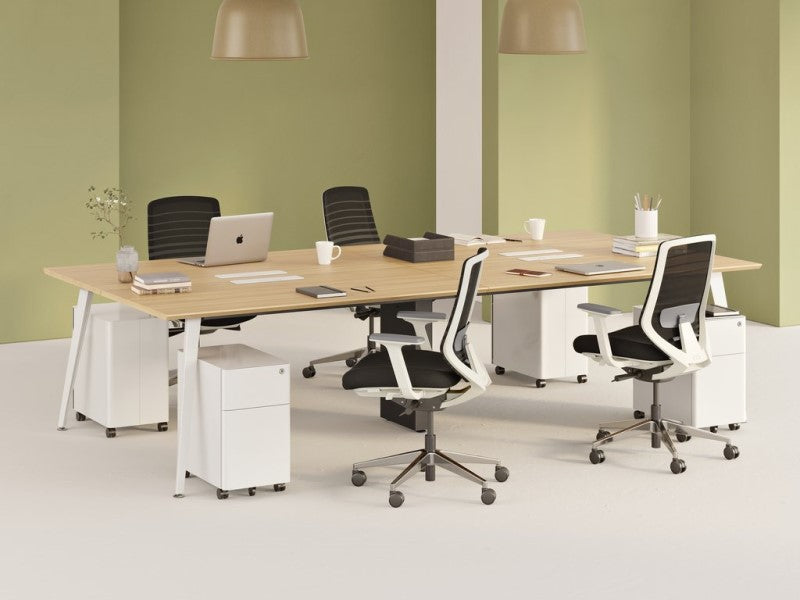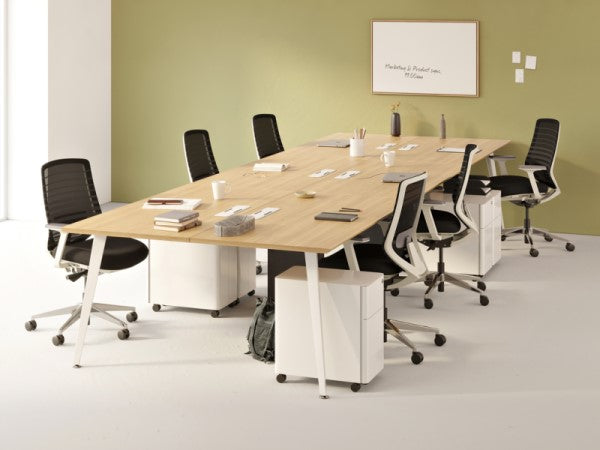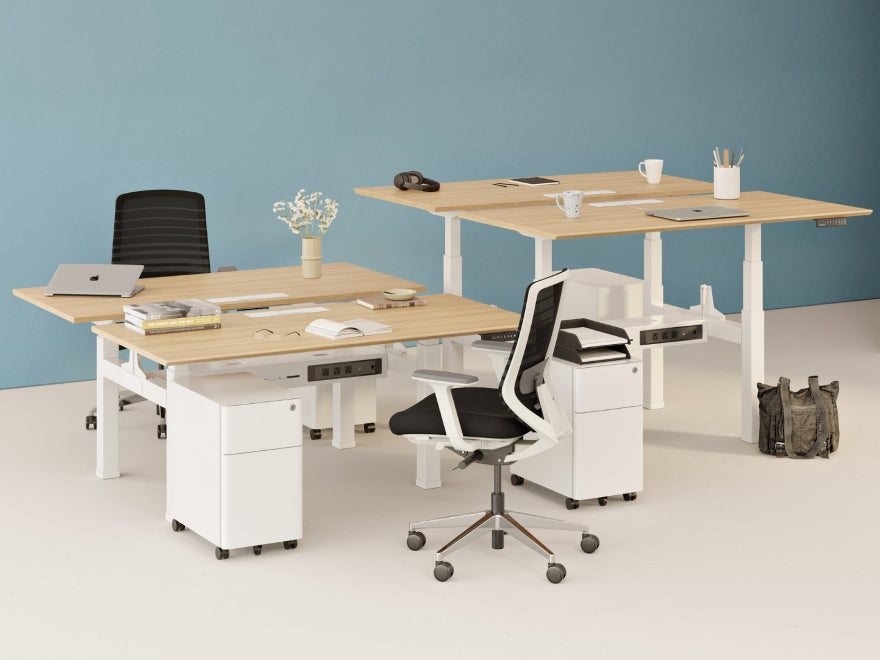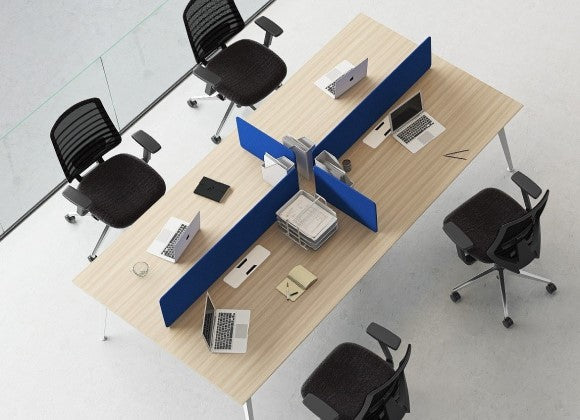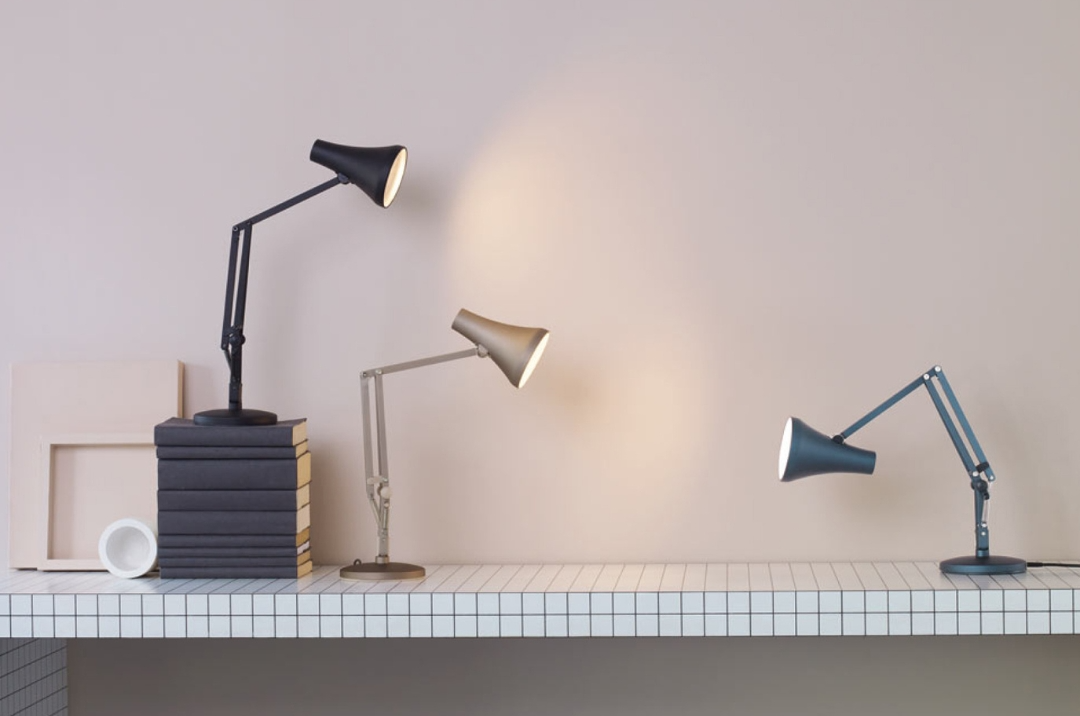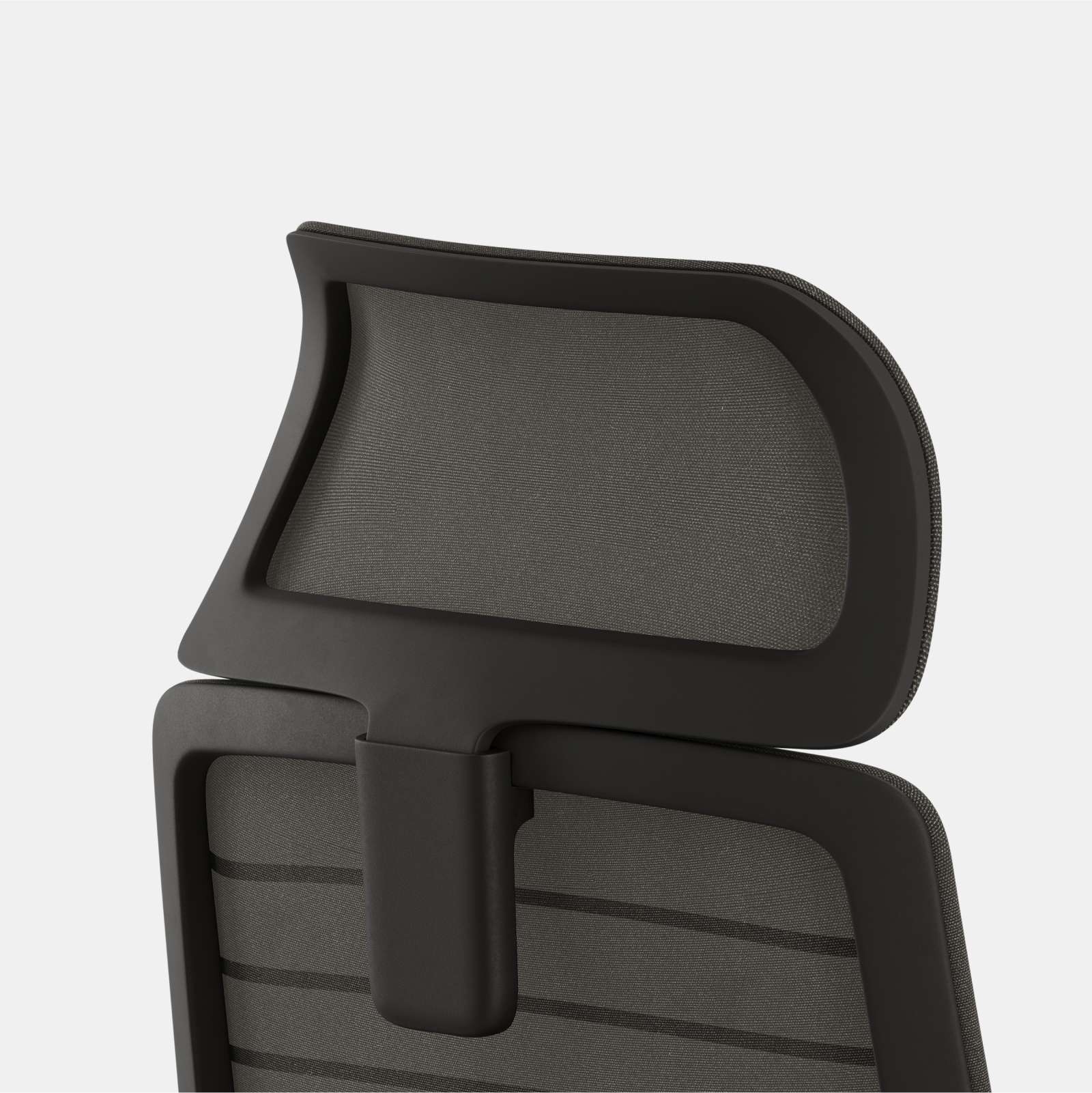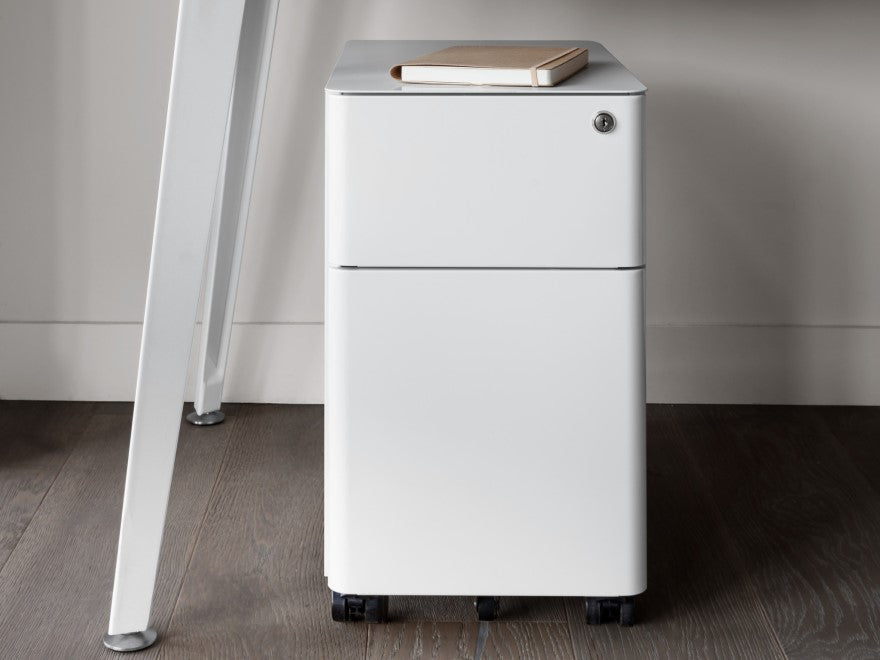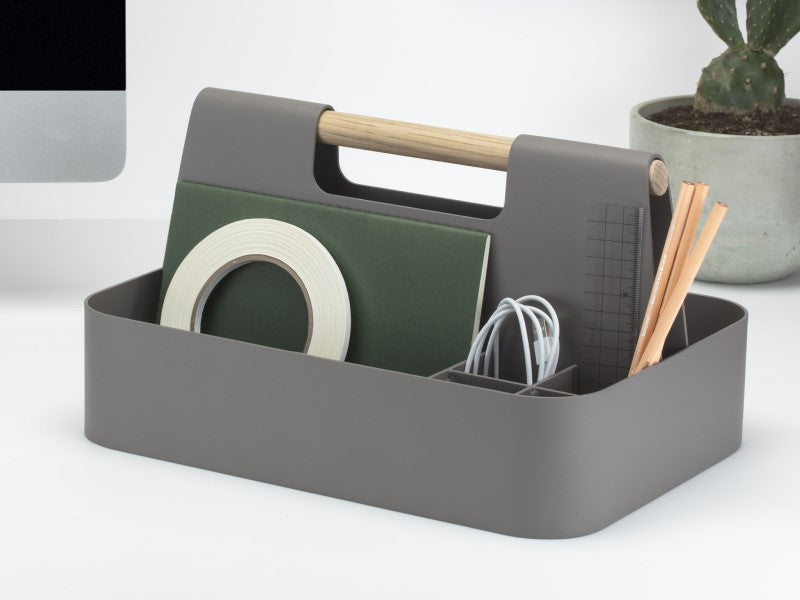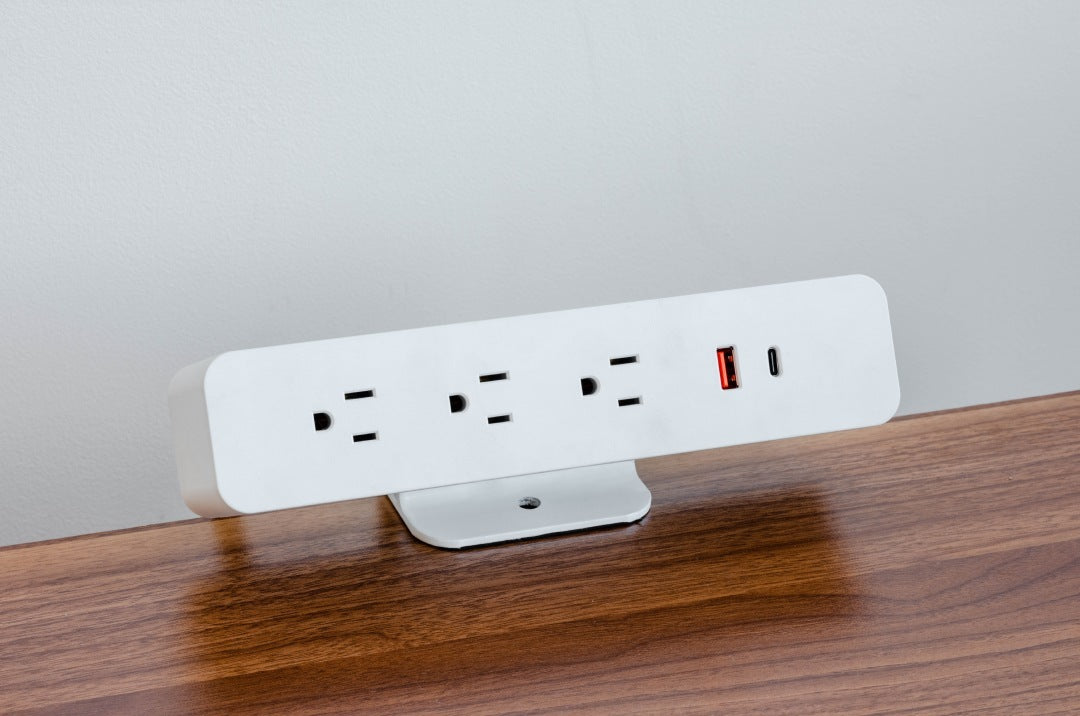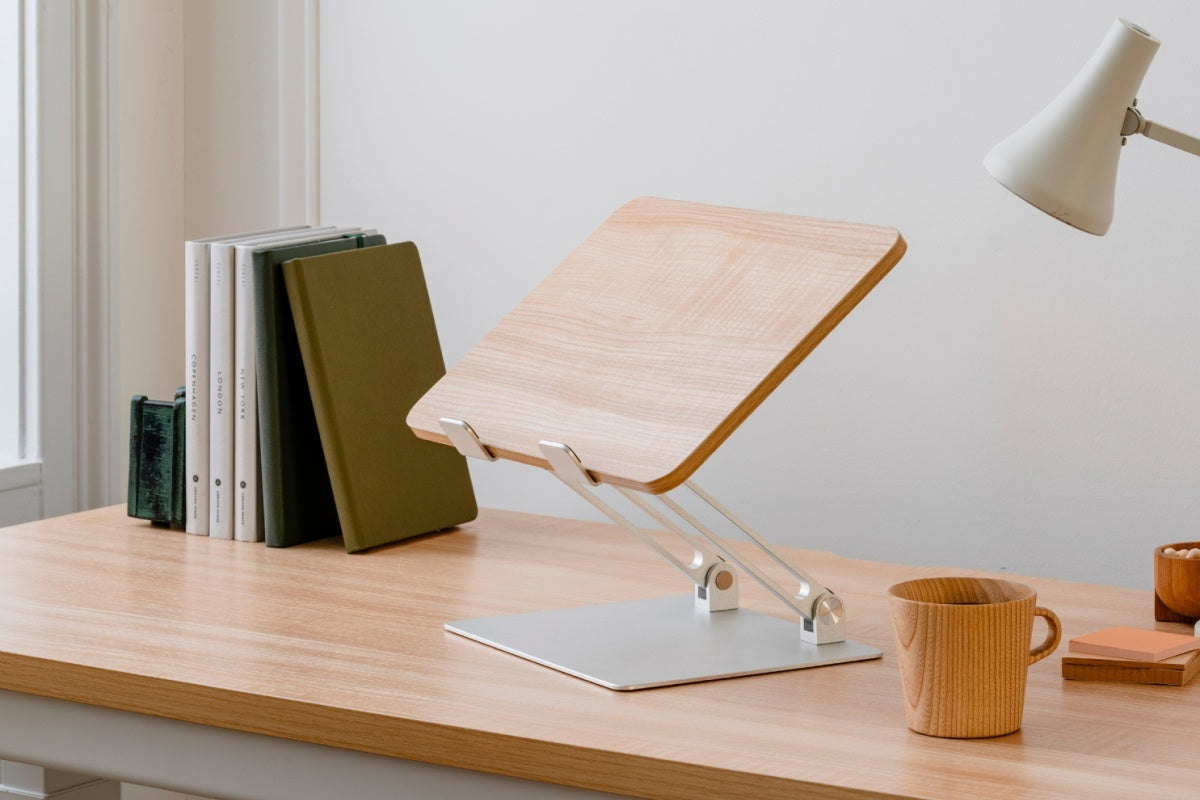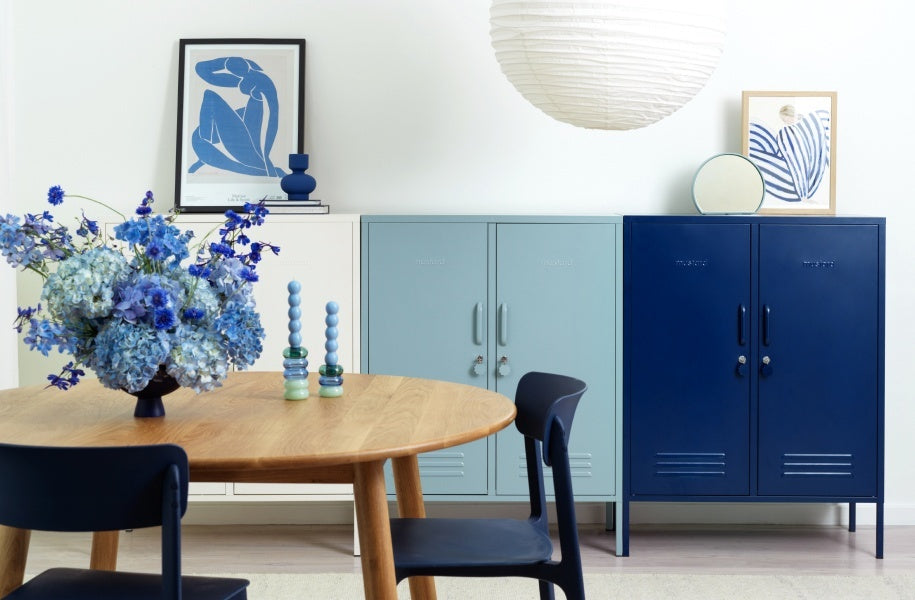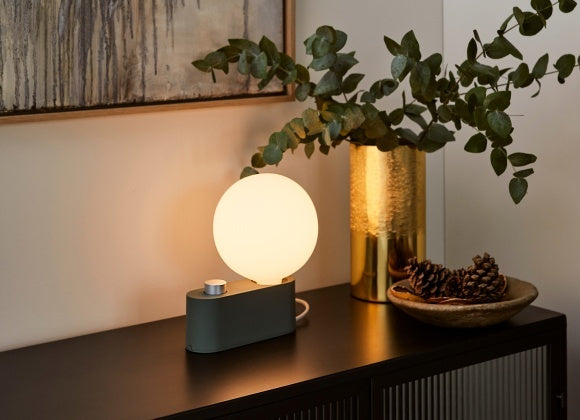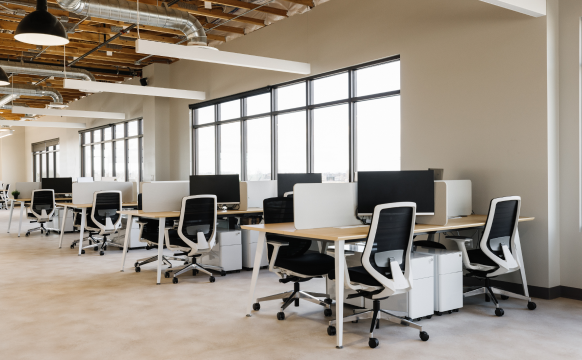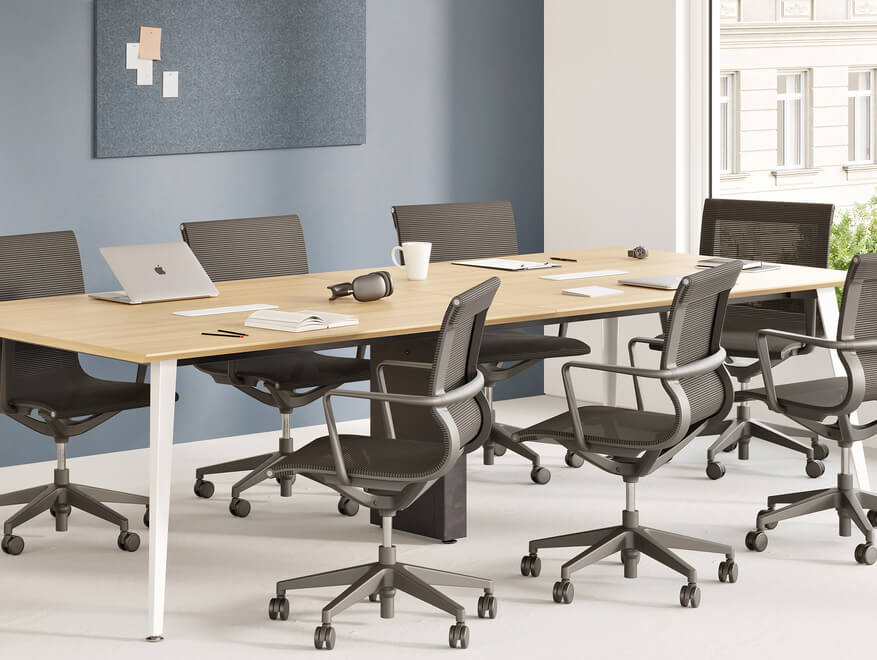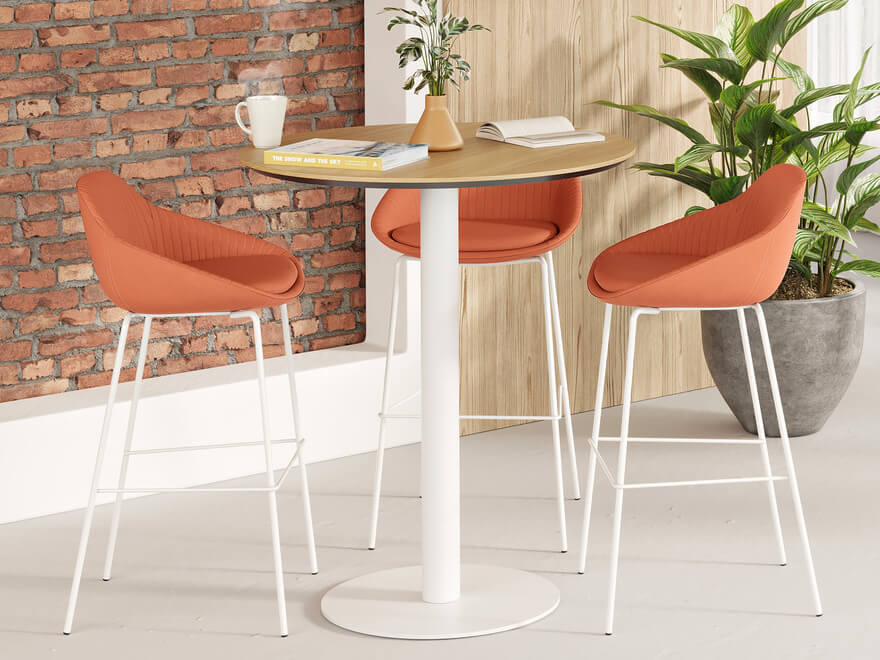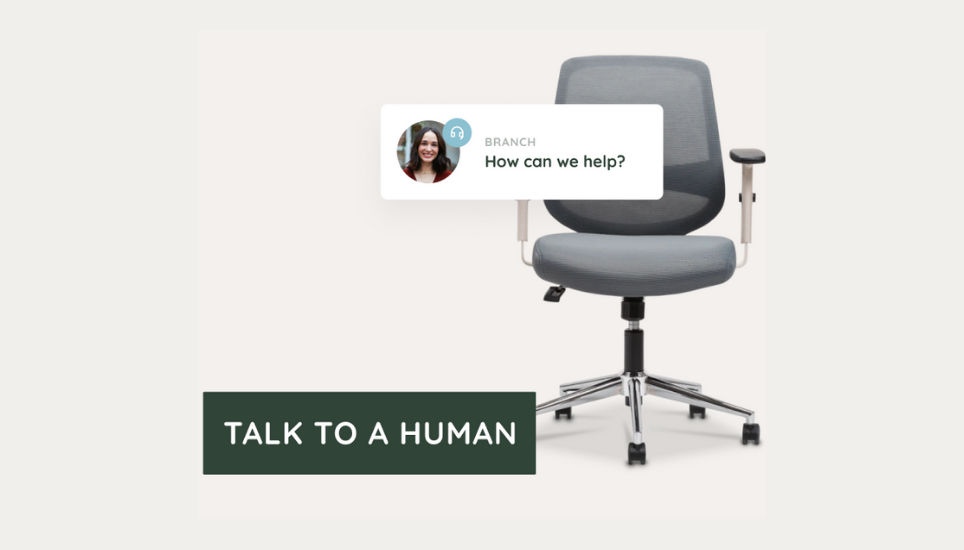There’s a whole lot to consider when designing conference rooms: the technology, placement in the office, interior design, and much more. Our quick guide to building conference rooms cuts through the noise to tell you only what you need to know.
In a working world that is increasingly centered around open floor plans, the conference room stands as one of the last remaining areas for a private, productive meeting. It’s critical, then, to get its design, format and features just right. Ultimately, they can mean the difference between a room that’s just another place to work and a space where creativity and collaboration take on life.
When designing your team’s conferencing areas, it’s important to consider not only the employees and clients that will be using the space, but also the purpose of it. Every office and team is different, and the goals for a meeting can vary based on who you’re meeting with, what you’re meeting about and what your goals are for the meeting.
Other considerations to keep top of mind span from the location and acoustics to the Audio Visual technology and even color hues. After all, if all these elements combined can increase productivity be a few points for your employees, it’s likely worth it.
Before we dive into the details that make a conference room a worthwhile place for everyone, let’s explore the different types that exist in modern offices today.
The Five Most Popular Types of Rooms
The Breakout Space
While not technically a conference room, this area in your office is perfect for a quick sync, a client conversation or a non-private phone call. Equipped with sofas, soft chairs, and a coffee table or two, these spaces are a great way to foster collaboration and connection without building walls. Ideally they are a good distance away from your company's central workstation area so that there's a sense of space and privacy that comes with the meeting.
The Meeting Room
Typically for 2-6 people, these rooms are great for 1:1 meetings, small conference calls and dedicated working sessions. A meeting room will usually be equipped with a round or small rectangular table, comfortable seating and some extra space for people to get up and move around. While these rooms can certainly be equipped with some Audio Visual equipment, this may be a space for people to put the computer down and have a conversation or whiteboarding session behind closed doors. Don’t be afraid to get creative with these spaces so your employees can do the same!
The Phone Booth
A phone booth is a great space for an individual to go for a call with a client or colleague. These small rooms are typically about 4’ x 4’, equipped with a small table and chair, and are soundproof and private. When designing your office space, consider having the general contractor build a few of these or take a look into prefabricated models that can be easily incorporated into an existing office.
The Team Room
These rooms are your smaller conference rooms that can easily fit 4-12 people. Equipped with a standard conference table and conference chairs, these rooms allow larger groups to put their heads together while everyone can be seen and heard. They typically have an AV setup, allowing for presenting and conferencing, but the main focus is for teams to connect and strategize.
The Board Room
These are for the main event: important client or board meetings, department gatherings and other pivotal collaboration sessions. They are designed for 10-20 people and will likely draw more attention (and budget) from your company than other rooms. Many teams choose to fully integrate Audio Visual equipment into the room to give a marquis experience for leadership and client usage. Large tables, several chairs, credenzas or other storage furniture, and even a sofa or two are perfect for these rooms.
Furnishing a collaborative space? Shop our Conference Collection.
Where to Put Conference Rooms Around the Office
When building out conferencing solutions for your office, consider the positioning of the rooms throughout your space. For teams in larger spaces or on several different floors, having conference areas evenly distributed can mean having employees meet more out of convenience.
Imagine if you have to go from the 7th to the 30th floor every time you want to get behind a closed door; you might just end up talking over Slack to your coworker instead of meeting in person. Having conference rooms distributed based on where different teams sit can foster more connections.
Conversely, for smaller offices (ranging from 5,000-20,000 square feet), you may find that individuals from different teams aren’t getting enough time away from their desks. In this case, spreading conference rooms throughout the space can improve movement, morale and collaboration.
Lastly, when figuring out where to place conference rooms on your floor plan, consider the room’s purpose. Placing rooms meant for presenting and strategy sessions around the exterior of the office gives access to natural light, which helps boost focus and productivity. Placing rooms meant for private conversations or phone calls along the interior of the office can reduce distractions and allow for individuals to connect.
The Technology Stack You Need for Productive Meetings
Without advancements in technology, meetings would be nothing more than an in-person memo reading (don’t let this be you). Nowadays, productive meetings don’t just utilize technology to help get work done, they rely on it.
Perhaps the most advantageous advancement in conference room technology has been acoustic paneling. A combination of wood, cotton and sound-dampening fabric, these wall/ceiling-mounted panels help control the sound in a conference room. Think of any meeting or conference call you’ve been in where it sounded like the speaker was in an echo chamber; proper acoustic treatment would fix 80% of that problem. If you’re keen to explore more acoustic solutions, check out these simple solutions to your audio problems in conference rooms.
After getting the acoustics right, properly planning the Audio Visual requirements of each conference room will help you save time and money on the back end. Smaller meeting rooms intended for personal conversations might not need much more than a Polycom; medium-sized conference rooms will likely require some Video capabilities, but not necessarily more than a Logitech. Combined with a Polycom, this should surpass any team’s most basic needs. To create a marquis event in your largest conference rooms, consider fully integrated systems like Zoom or Google Hangouts Meet hardware.
Furthermore, integrating booking technology can help each employee reserve rooms at the click of a button, or at least find another time it’s open. Solutions like Joan or Robin provide the hardware and software your team needs to schedule meetings and hold rooms with ease, and sync calendars across the company.
Design Tips When Building Your Conference Room
It’s important for the modern conference room to reflect the goals and values of the company, as well as to foster an environment that strikes a balance between comfort and efficiency. Remember, whatever specific purpose these rooms are designed for, the overarching theme should be to increase productivity.
So while on one hand, having bean bags, plush sofas and comfy pillows might be a great way to entice employees to utilize a space, it can also send the wrong message to some by enticing a nice post-lunch nap.
Your meeting rooms should be tidy and clean so each and every interaction is unencumbered by clutter. Purchasing cable management, storage solutions, proper waste bins and wireless audiovisual systems can help keep extraneous stimuli out of your meetings.
They should also be inviting without being intrusive or distracting. Consider warm color wall tones and soft lighting for smaller rooms and brighter tones and lighting for larger rooms. When choosing wall types, glass is great for a larger room but might make a smaller room feel like a fishbowl where one is on display to the office.
One element often overlooked in a conference room is heating and cooling. Having proper air-flow can keep vent noise to a minimum, while having proper thermostat controls can be the difference between having an icebox or impromptu sauna in the office. In fact, the air quality throughout offices has become a hotly talked about subject, with a New York Times article last year sparking some debate with a provocatively titled article, “Is Conference Room Air Making You Dumber?”
At the end of the day, conference rooms should put an emphasis on conference and facilitate connection. The design should reflect and emphasize the purpose of the meeting without distracting from it.
One Last Consideration
There’s one final factor that should be top of mind when designing conference rooms, and it's something we think a lot about: the furniture. It helps to have ergonomic chairs, durable tables that are built to last for years to come, and lounge seating (when necessary) for extra seating options. After all, clients and prospective hires will likely spend most of their time in these rooms, and the image of your office and accompanying rooms can and will serve as a reflection of your company.
Your collaborative meeting environments should be built to be functional, comfortable and, above all else, purposeful. Whether you’re taking an important call with a client or hosting your company’s board meeting, dedicated spaces designed for your exact needs can make all the difference. When done right, they enable you and your team to be even more productive and creative. So much so that employees may even start associating conference rooms with where they are able to shine their brightest.
On new furniture, exclusive sales and more.
My Office
Your cart is empty.

